Table of content
Char siu, the iconic Cantonese barbecue pork, is renowned worldwide for its sticky-sweet glaze, smoky aroma, and vibrant red hue. At the heart of this dish lies the char siu sauce—a complex blend of sweet, savory, and umami flavors that elevates simple ingredients into a culinary masterpiece. While store-bought versions exist, nothing compares to the depth and richness of homemade char siu sauce. This article will guide you through the art of crafting this versatile sauce from scratch, exploring its history, ingredients, and techniques to help you achieve restaurant-quality results in your own kitchen.
The Origins of Char Siu Sauce
Char siu, which translates to “fork roast,” dates back centuries in Chinese cuisine. Originally, meats were skewered on forks and roasted over open fires, with the sauce serving as both a marinade and a glaze. The sauce itself evolved from a need to preserve and enhance the flavor of meat, blending locally available ingredients like soy sauce, honey, and spices. Today, char siu sauce is not only a staple in Chinese barbecue but also a beloved condiment for stir-fries, noodles, and even dips.
Key Ingredients for Authentic Char Siu Sauce
Crafting the perfect char siu sauce requires a balance of sweet, salty, and aromatic elements. Here’s a breakdown of the essential ingredients:
-
Sweeteners:
- Honey or Maltose: Provides stickiness and a deep caramelized flavor. Maltose, a traditional choice, offers a chewier texture, while honey adds floral notes.
- Brown Sugar: Enhances sweetness and contributes to the sauce’s molasses-like richness.
-
Savory Elements:
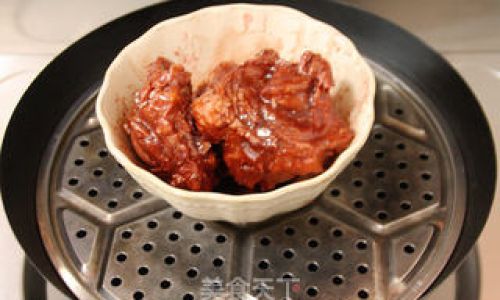
- Hoisin Sauce: A fermented soybean paste that adds depth and umami.
- Soy Sauce: Use dark soy sauce for color and light soy sauce for saltiness.
- Oyster Sauce: Optional but recommended for brininess and complexity.
-
Aromatics and Spices:
- Garlic and Ginger: Freshly minced for a pungent kick.
- Five-Spice Powder: A blend of star anise, cinnamon, fennel, cloves, and Szechuan peppercorns that defines the sauce’s warmth.
- Chinese Five-Spice: Pre-mixed or homemade, this spice blend is non-negotiable for authenticity.
-
Alcohol:
- Shaoxing Wine: A rice wine that imparts a subtle fermented tang.
- Rice Vinegar: Balances sweetness with acidity.
-
Coloring Agent:
- Red Fermented Bean Curd (Optional): For a deep red tint, though some recipes use food coloring.
-
Thickeners:
- Cornstarch Slurry: To adjust consistency.
Step-by-Step Guide to Making Char Siu Sauce
Preparing the Base
In a medium saucepan, combine ¼ cup of hoisin sauce, ¼ cup of dark soy sauce, ⅓ cup of honey, and 2 tablespoons of brown sugar. Whisk gently over low heat until the sugar dissolves. Avoid boiling at this stage to prevent burning.
Infusing Aromatics
Add 3 minced garlic cloves, 1 tablespoon of freshly grated ginger, and 1 teaspoon of five-spice powder. Stir continuously for 2–3 minutes to release the oils from the spices. The aroma should become fragrant but not overpowering.
Adding Depth with Alcohol
Pour in 2 tablespoons of Shaoxing wine and 1 tablespoon of rice vinegar. These ingredients will mellow the sweetness and add layers of flavor. Simmer for an additional 2 minutes.
Thickening the Sauce
In a small bowl, mix 1 tablespoon of cornstarch with 2 tablespoons of water to create a slurry. Gradually whisk this into the saucepan until the mixture thickens to a syrupy consistency. Adjust the heat to medium-low and cook for 5–7 minutes, stirring occasionally.
Final Touches
For color, add 1–2 teaspoons of red food coloring or a small piece of crushed red fermented bean curd. Taste and adjust seasonings—add more honey for sweetness, soy sauce for saltiness, or five-spice powder for warmth.
Cooling and Storing
Remove the sauce from heat and let it cool completely. Transfer to an airtight container; it will keep in the refrigerator for up to 2 weeks. For longer storage, freeze in ice cube trays for easy portions.
Variations and Customizations
-
Vegan Char Siu Sauce:
Replace honey with maple syrup or agave nectar. Use tamari instead of soy sauce for gluten-free options. -
Spicy Kick:
Add 1–2 teaspoons of chili flakes or Sriracha during the simmering phase. -
Smoky Flavor:
Incorporate 1 teaspoon of smoked paprika or liquid smoke for a barbecue-inspired twist. -
Hoisin-Free Version:
Substitute hoisin with a mixture of black bean paste and molasses for a darker, earthier profile.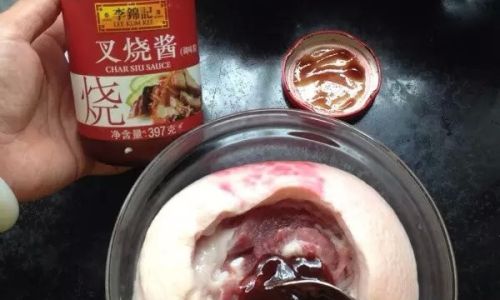
Expert Tips for Perfect Char Siu Sauce
-
Freshness Matters:
Use freshly ground spices and minced garlic/ginger for the most vibrant flavor. Pre-ground spices lose potency over time. -
Simmer, Don’t Boil:
Low and slow cooking prevents the sauce from becoming bitter or separating. -
Adjust Consistency:
If the sauce is too thick, thin it with a splash of water or broth. For a glossier finish, brush it onto meat during the final minutes of grilling. -
Marinating Magic:
Use the sauce as a marinade for pork belly, chicken, or tofu. Marinate for at least 4 hours (or overnight) for maximum flavor penetration. -
Pairing Suggestions:
Drizzle over rice bowls, use as a dipping sauce for dumplings, or toss with noodles and vegetables for a quick stir-fry.
Common Pitfalls and How to Avoid Them
-
Over-Sweetening:
Balance sweetness with acidity (rice vinegar) or umami (oyster sauce). Taste as you go! -
Burnt Spices:
Toast whole spices in a dry pan before grinding to release their oils without bitterness. -
Lack of Depth:
Fermented ingredients like hoisin or black bean paste add complexity. Don’t skip them! -
Inconsistent Color:
If using food coloring, add it gradually to avoid a synthetic hue. Natural alternatives like annatto powder can also work.
The Science Behind the Flavors
Char siu sauce’s allure lies in its Maillard reaction—the chemical process that occurs when sugar and amino acids interact under heat. This reaction creates the sauce’s signature caramelized flavor and glossy texture. The five-spice powder contributes eugenol (from cloves) and anethole (from star anise), which stimulate the brain’s pleasure centers, making the sauce addictively delicious.
Cultural Significance
In Chinese culture, char siu is more than just food—it’s a symbol of celebration. Served at weddings, banquets, and New Year feasts, the dish’s red color represents luck and prosperity. Homemade char siu sauce allows you to honor this tradition while tailoring flavors to your palate.
Conclusion
Mastering char siu sauce is a journey into the heart of Cantonese cuisine. By understanding the interplay of sweet, salty, and aromatic elements, you can recreate this timeless condiment with confidence. Whether you’re grilling pork, stir-frying vegetables, or simply dipping dumplings, your homemade sauce will add a touch of authenticity to every dish. Experiment, taste, and most importantly, enjoy the process—for in the kitchen, as in life, the best flavors come from patience and passion.
Now, arm yourself with a whisk, a bottle of Shaoxing wine, and a craving for adventure. Your next culinary masterpiece awaits!
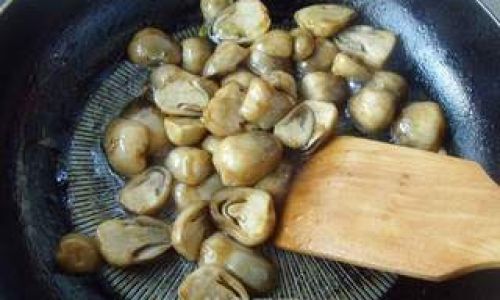
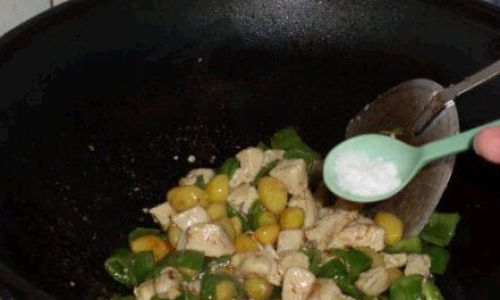
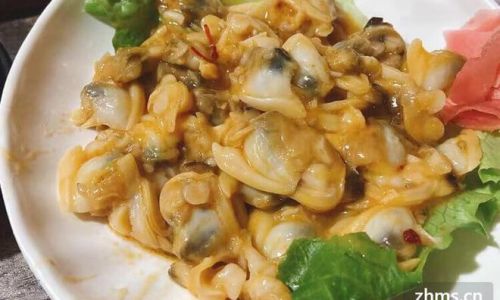
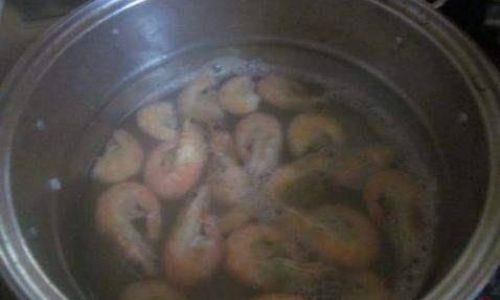
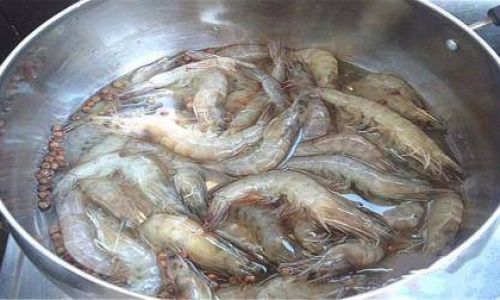

0 comments